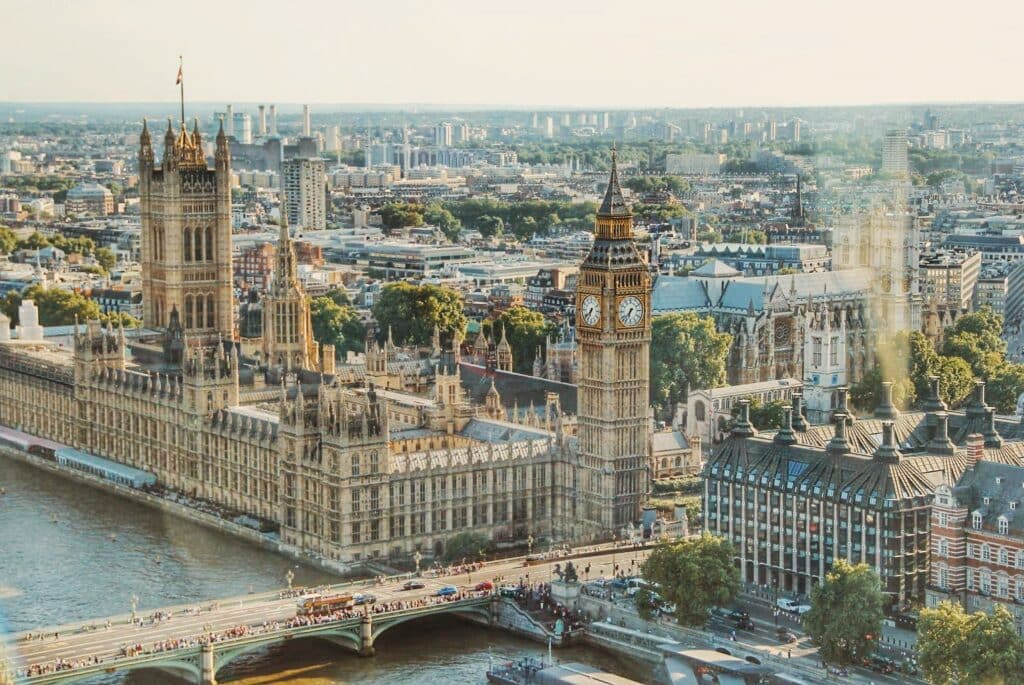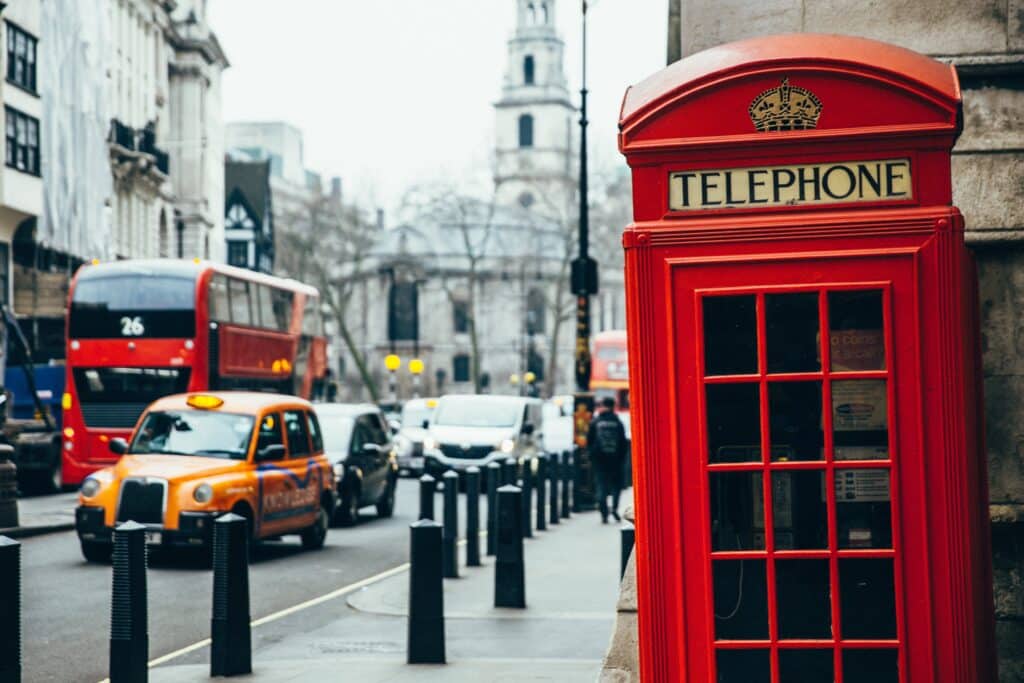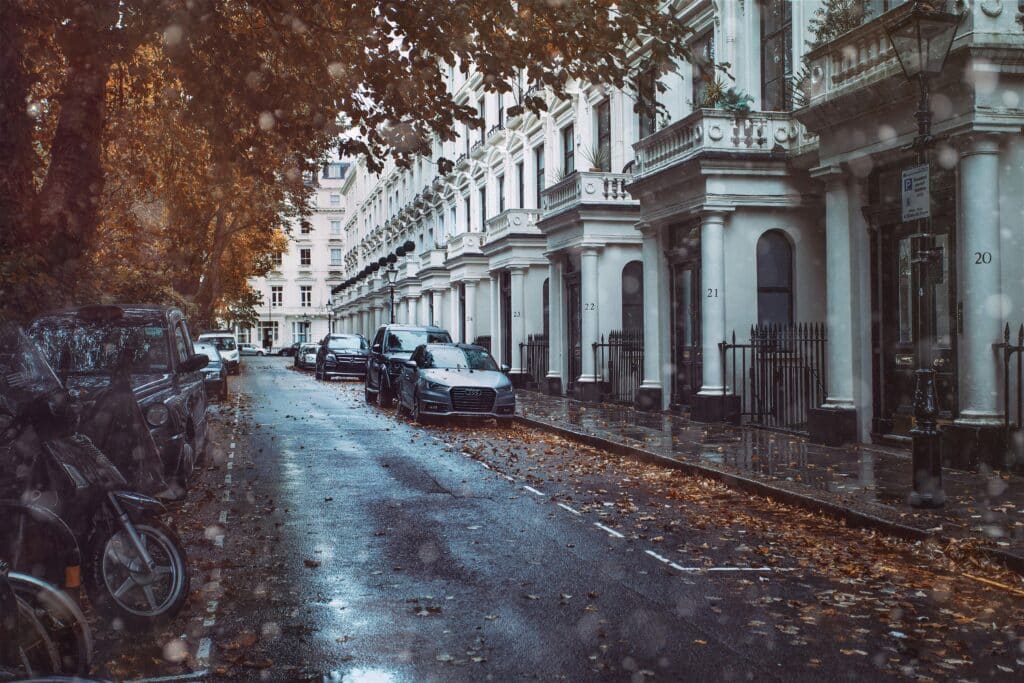
After much effort and research, you’re finally moving to London for work, school, or just a change of scenery. Congratulations! However, you need to find somewhere to live before you can celebrate.
At Remitly, we know that finding London apartments for rent is an exciting and important step in your life. Determining the price, location, and requirements can be challenging, so here’s a quick guide to help you navigate London apartments.
How much is an apartment in London?
Reports suggest London ranks as the fourth most expensive city in the world for expatriates. However, that cost of living is influenced by the wealth of culture, food, and sites of interest, along with the kind people who call the city home.
So although London may cost more, the benefits of living there are boundless.
How much is rent in London?
Rent is the main cost when finding flats in London. Exact rents can vary based on the neighborhood and borough, along with specifications of the apartment, like its age, size, and number of bedrooms. Most renters spend well over 50% of their income on rent alone.
As of April 2023, the monthly average rent reached £2,500.
Rent in London can either be weekly or monthly. Monthly rent is calculated as the weekly rent times 52 (the number of weeks in a year) and then divided by 12 for the number of months in the year. That number doesn’t always coincide with four weeks of rent.
Other costs and fees when renting in London
Along with rent, expect to pay a security deposit. The landlord can use the security deposit to pay for potential damages or unpaid rent during your tenancy.
Your security deposit depends on the cost of rent. For annual rent totals below £50,000, the deposit is limited to five weeks of rent.
For annual rent above £50,000, the deposit is set at six weeks of rent. Your security deposit is usually returned to you at the end of your tenancy, barring any significant repairs.
You may also have to pay a holding deposit for one week of rent. The holding deposit covers when a landlord does a reference check, during which they have to take the flat off the market.
Thankfully, updated tenancy rules and regulations have prohibited landlords from charging for:
- Contract and administration fees
- Credit check fees
- Reference check fees
- Renewal fees
- Check-out fees

Requirements for renting apartments in London
The main requirement for renting an apartment in London is your ability to afford that apartment. You otherwise have to prove that you can legally reside in London. This means being able to present a valid UK passport, work or student visa, Indefinite Leave to Remain, or other proof that you can legally reside in the UK.
Where to live in London
London is divided into 32 boroughs and a division known as the City of London. The good news is that all of these boroughs present their own benefits and advantages, so you can’t really go wrong with where you choose to live.
Here are some of the top neighborhoods to start your search.
Hampstead
In North London, Hampstead is a gem of a borough featuring cobbled streets, woodland, meadows, and amazing city views. It has a mix of artists, academics, and actual movie stars.
It has no particular tourist spots, but don’t mistake that for being boring. It has plenty of restaurants, traditional pubs, museums, and art galleries to keep you occupied.
- Population: about 8,000
- Average monthly rent: £3,457
Shoreditch
Situated in East London, Shoreditch has become a haven for the hip and artsy. It has been considered the birthplace of English theatre, and the creative atmosphere has made it a hub for London fashion, culture, and street art.
The borough mixes the old world with new school charm. This constantly evolving city is known in particular for its street markets and vendors, distinctly Brick Lane Markets. Stalls and vendors line Brick Lane every Sunday to sell everything from food to jewelry to crafts.
- Population: 11,768
- Average monthly rent: £2,119
Brixton
Brixton is a district in the Lambeth borough in South London. It’s another artistic area full of culture, music, art, and great food. Besides plenty of restaurants, bars, and entertainment, Brixton has easily accessible public transit, including the Northern Line tube.
- Population: 16,324
- Average monthly rent: £2,027
Bexley
Consistently considered one of the safest parts of London, Bexley is a small village residing within the larger borough of the same name. Located on the River Thames, the village is a peaceful space that is good for people raising families or those studying abroad who need a bit of quiet. Bexley also has incredible public transport and roads that link to other parts of London.
- Population: 247,258
- Average monthly rent: £1,326
Kensington
Many locals consider Kensington the best place to live in London. Kensington is home to some of the city’s most popular attractions, including the Natural History Museum, Science Museum, Royal Albert Hall, and Kensington Palace. It also features many shops, restaurants, bars, and beautiful green spaces.
- Population: 156,197
- Average monthly rent: £3,300

The process of renting apartments in London, England
After days, weeks, maybe months of searching for the perfect flat, you finally found the apartment of your dreams. How do you go about actually procuring that flat?
- The process starts with an offer made to the landlord. If you work with an agent, they’ll pass your offer information to the landlord. More than likely, you won’t be the only one to make an offer on that rental, so it may take some time to hear back from the landlord as they sift through their potential tenants.
- Once you get an offer acceptance from the landlord, you’ll be required to make a security deposit and holding deposit to save your place while the landlord checks your references.
- The landlord will probably ask for documentation that mainly proves that you have stable employment or (if you’re a student) sufficient money to pay for the apartment. Other documents may include:
- Identification
- Proof of address
- Right-to-rent documents
- Employment references
- Credit checks
- Previous landlord references
- Once you have passed all the credit and reference checks, the landlord will offer the tenancy agreement. This acts as a legal contract between you and the landlord and should include the agreed rent charge, details of the property, and the general responsibilities of both you (the tenant) and the landlord.
- With the flat now successfully rented, the first thing you should do is a general inventory check of the space. Check that the utilities are in working condition and that there isn’t any significant damage to the premises before you move in.
From then on, it’s pretty straightforward. Pay your rent on time and call your landlord about any potential issues, whether a clogged sink or a broken heater. Enjoy your new flat in London!